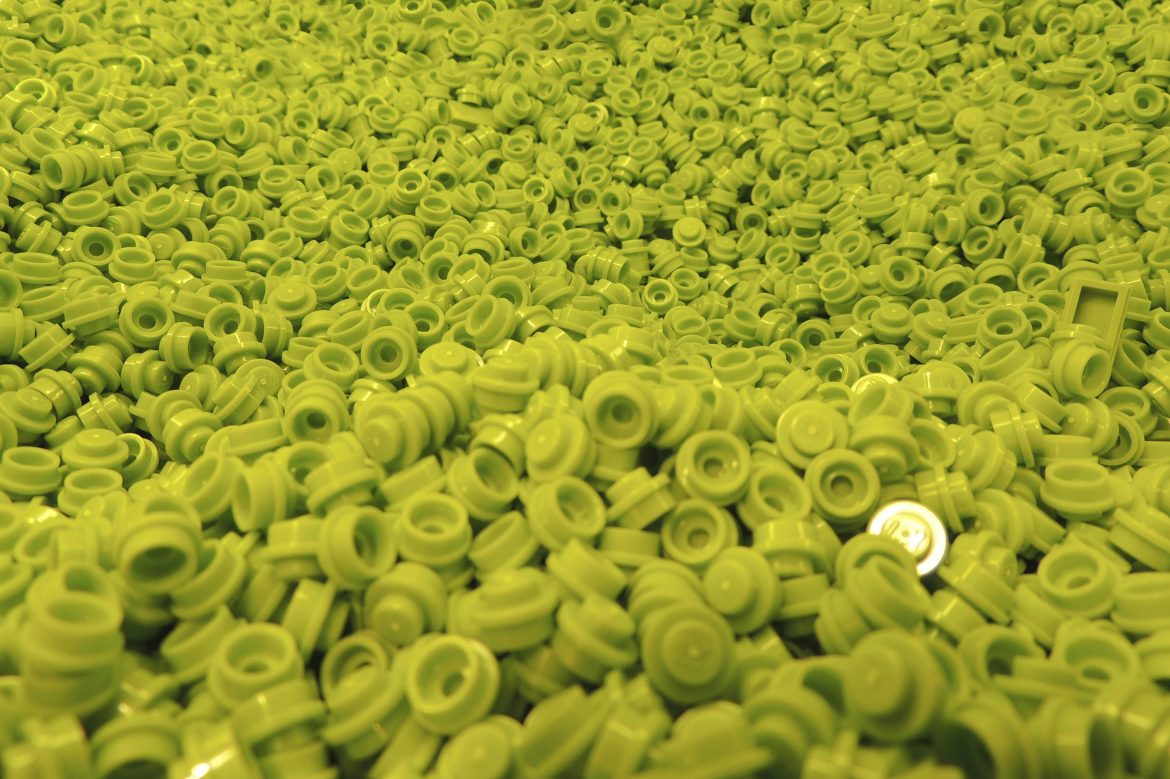
Plastic Is Bad, What About The Alternatives?
In 2020, an article published in Nature announced that the total mass of man-made materials including concrete, steel, and plastics on Earth had reached 1.1 trillion tons, exceeding the total mass of all living things on the planet (humans, animals, plants, and bacteria combined). We may assume that this rate continues to increase against the living biomass every year. Our footprint on the planet is so large that the materials and products we manufacture for our own needs, wants and comfort are way more than the life around us. The role of petrochemical industry in this ratio cannot be ignored. Plastics in particular continue to accumulate and crumble in the seas, oceans, and landfills (dumpsters), and it seems this will continue for hundreds of years. Recycling will not save us, as the studies indicate that no one wants to invest in recycling facilities and businesses anymore because it is now so cheap to produce new plastics. This market has shifted towards countries such as Malaysia and Indonesia (and Türkiye), especially after China stopped purchasing classified plastic waste from other countries in 2018 (Türkiye imported 14.7 million tons of waste from the EU in 2021). Furthermore, since waste management in these countries is unfortunately very difficult to track, it is not clear exactly where and how plastics are dealt with.
In addition, micro-plastics have become a topic of hot debate in terms of biodiversity and human health in recent years, because plastics can degrade only with sunlight and over very long periods of time, and the tiny end-products often end up in the food chain. You may find more details on this subject in our previous articles about the great plastic problem, the Great Pacific Garbage Patch, and micro-plastics in human blood. A lot of national and local governments around the world are trying to combat single-use plastics, especially by introducing bans. Sensitive citizens are also taking measures to reduce their own plastic footprint. But is that enough? While producing plastic is so cheap and its long-term effects on human health are still not fully known, will we be able to substitute plastics in packaging, synthetic textiles and various other consumables that make our daily lives much easier at the cost of polluting the natural environment? Time will tell, of course, but material scientists continue to work, to discover new alternatives, or how the already discovered alternatives can reach the capacity of industrial production at an economical level.
We already have access to various options instead of traditionally using plastics. Stainless steel for reusable food containers (outdoor coffee cups may not be trashed in 10 minutes); glass (which can now cost more to recycle than to manufacture anew, just like plastics); silicon (produced largely from the platinum silicate found in sand grains); natural fabrics (cotton, linen, wool, bamboo, etc.), ceramics, wood, paper, and cardboard, to name a few.
In recent years, a group of materials called bio-plastics began to make frequent appearances in the news. The term is basically used for describing materials produced by using biological resources instead of petroleum-based raw materials. They may be defined as polymers manufactured using a natural or renewable resource. (And in fact, since petroleum is also fossilized biomass, there is no difference between the two in theory.) Some bio-plastics are produced directly from natural biopolymers (polysaccharides, proteins), while some are produced synthetically from plant or animal-based sugars such as lactic acids and lipids, they may sometimes be obtained by the fermentation of these sugars.
Bio-plastics are generally divided into two separate classes: biodegradable and non-biodegradable. Although these also have separate divisions, the terms are basically used to distinguish materials that can be eroded, decomposed and degraded through biological processes and those that cannot.
Non-biodegradable polymers cannot be broken down by living organisms but can be eroded by physical factors (sun, rain, temperature, etc.) and decompose over many years -just like conventional plastics. Biodegradable materials, on the other hand, can be decomposed by living organisms. However, this requires certain environmental conditions. For example, biodegradable shopping bags require certain temperature and humidity levels to decompose through natural processes, and thus are no different than plastics as long as these conditions are not present. Plus, one should consider the agricultural lands and methods (and the fossil fuel footprint caused by these methods) to grow the plants that can be used as raw materials for these biodegradable products. In other words, it is up to us consumers and enthusiasts to learn the facts underlying everything that is called “environmentally friendly”.
The global production of 100% bio-based bio-plastics is currently around 2 million tons per year, which is thought to have significant potential in achieving some of the UN Sustainable Development Goals in the long run.
Here are the various alternatives developed in recent years, in summary:
CHITIN
Chitin is an ingredient in the outer shells of crustaceans (crabs, shrimps, crayfish, etc.) and insects, as well as the cell walls of fungi. This hard substance has recently been attracting a lot of interest from material scientists. It is the most abundant polysaccharide in the world after cellulose, which probably plays a role in this interest. Chitin contains glucosamine and is a natural raw material used in wastewater treatment, as a thickener in the food and pharmaceutical industries, as a reinforcing agent in paper production, and as a binder in various other fields. Usually preferred is its derivative called chitosan. Chitosan molecules can be attached to each other to form hydrogels, microcapsules, films, fibers, and porous structures. In addition, a heat-resistant, inflammable bio-plastic with a strength of up to 107.1 MPa can be produced, which can be completely decomposed by microorganisms within 7 weeks. Although not yet visibly a part of our daily lives, the material is expected to find frequent usage in bio-medicine, and is a potential building material for construction.
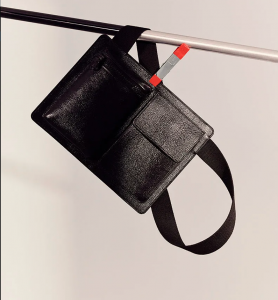
FUNGI
The potential of fungi as a raw material alternative to plastic has intrigued researchers for many years. Recent new products show their potential to replace both synthetic and animal-based traditional goods. Significant advances have been made in its use as a leather substitute. Although still in the “luxury” class for now, it may be in our lives in the future.
Used as a leather alternative, is the mycelium, the thread-like underground structures of the fungi. The mycelium can be grown and shaped by compression -a somewhat more traditional method. A company named MycoWorks uses a special method to grow mycelium, in which they can directly obtain a tightly intertwined special structure. This results in a product that, as the company claims, is like real leather in texture and appearance, but even more durable. Moreover, the mycelium develops fast enough to be harvested in as little as two weeks.
The potential of fungi in the textile world is not limited to this. Researchers from the University of California, Davis aim to take one step further: self-repairing (or self-healing clothes that are fungi-based. During production, living but dormant nodules called chlamydospores are left on the mycelium fibers that are harvested and processed like fabric. When these nodules find a suitable environment (in terms of moisture and nutrients), they come alive and grow, thus repairing the damaged fabric. While laboratory tests have been successful, there are still problems to solve before moving on to the commercial scale, such as preventing the growth of mycelium when favourable conditions are unintentionally created.
Big companies like Adidas and Hermes have already gotten excited about developing new products by working with biotechnology companies like MycoWorks. Even though an expensive and niche product for now, fungi-based clothing may enter our homes in the near future.
CACTI
The prickly pear (Opuntia ficus-indica), the original name of which is Nopal, as well as Agave and many other cactus species that are strong sources of fibers have entered the textile world. The mature plants are harvested, dried and processed by being turned into resin form in various solutions. Or it is crushed while still wet, shaped by applying pressure in moulds and then dried. Products such as Desserto and Dessertex produced this way use cactus fibers as the basic raw material of various goods from shoes to bags. A Mexican company named BioSolutions works with Agave, and uses the fibers of this plant to develop products for a wide range of uses, from automobile parts to single-use cutlery, from flexible packaging materials to textile products.
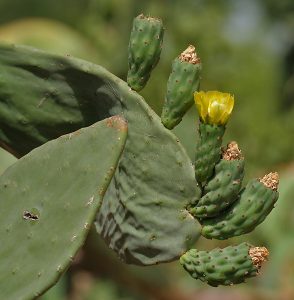
Since cacti can survive in harsh conditions with little water and few nutrients, they can be grown in areas unsuitable for conventional agriculture. Therefore, their environmentally friendly characteristics also reflect in this regard.
HEMP
The wide variety of uses and benefits of hemp fibers have been known for many years. It is used to make products such as rope, clothing and sails since the Middle Ages. The fact that hemp is more durable and long-lasting than cotton or synthetic fibers, makes it even more preferred (The famous jeans company Levi’s had produced its first jeans with hemp fabric). Through certain chemical processes, it can become waterproof, and gain more flexibility and strength. It can be made into pulp, and processed like paper and cardboard. It can also be used to produce a building material called Hempcrete, which is used in brick form. Last but not least, a wide variety of consumables can be manufactured with hemp, as biodegradable alternatives to plastics. Hemp is fast and easy to produce, and the amount of carbon dioxide it absorbs from the atmosphere is many times higher than most other plants, also making it important in the combat with greenhouse gas emissions. Besides its fibers, the oil produced from its seeds is used in medicine and cosmetics, while the use of THC compounds it contains also keeps increasing used in medicine. Due to all these benefits, it is certain that we will encounter hemp-based products more frequently in our daily lives in the near future.
SEAWEED
As growing seaweed is easy and fast, it has potential in the manufacturing of bio-plastics. Manufactured into a film after processing, bio-plastics are being tested in the production of disposable and even edible consumables such as packaging materials, cutlery, glasses, plates and straws. However, they are not as durable and long-lasting as the other alternatives mentioned above, and thus need to be reinforced by mixing with other materials. Apart from the (macro) seaweed species we know, bio-plastics can also be produced from micro-algae. These algae, which can be cultivated quickly and easily, are suitable for production in marginal agricultural areas just like the cacti. In fact, as they are used in the treatment of wastewater, the algae can fulfill two functions at the same time. As is the case with macro seaweed, algae also need to be combined with other petroleum-based substances to be reinforced.
WASTES
It is also possible to harvest starch and protein from vegetable wastes (particularly agricultural wastes), and use these to produce bio-plastics. We may say that it is basically the same as growing and processing plants directly to produce bio-plastics. You only need to grab these wastes before they reach landfill sites and subject them to appropriate processing stages. For example, in 2019, researchers from Mersin University’s Environmental Engineering Department successfully produced bio-plastic from potato skins in the laboratory. This material was suggested as an alternative to plastic packaging and it was determined to completely dissolve within 28 days after completing its life.
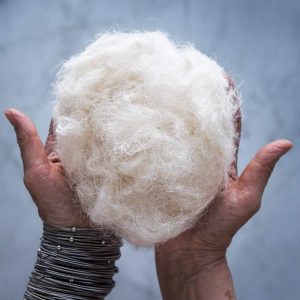
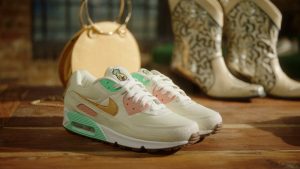
Bio-plastics, which we have started to see in markets, are mainly starch- and cellulose-based. Starch-based polymers are obtained by grinding agricultural products such as corn, potatoes, wheat and rice with the aqueous method. As they contain oxygen and nitrogen in their molecular structures, unlike traditional plastics, they can be degraded through biological processes. They can be produced at a lower cost than other bio-plastic alternatives, and can be mixed with petroleum-based polymers to obtain composite materials.
Another company that produces bio-plastic raw materials from plant wastes on a commercial scale is Ananas Anam in England. By using fibers from waste pineapple leaves, they have developed a yarn called “Pinayarn” and a textile product called “Pinatex.” The company claims to create this product without using agricultural land, water and agricultural chemicals since they use waste leaves, which are burned under normal conditions. They also assert that each kilogram of pineapple yarn prevents 6 kg of CO2 emissions.
Although all these plastic alternatives are promising, it is difficult to predict how beneficial they will be in reducing plastic production and consumption -just like in the issue of recycling. There also seem to be pessimistic views on the issue. Public opinion often states that there should not be a false impression that these bio-plastic products will disappear in a short time if we throw them around. For example, Coca-Cola has started to send markets its “PlantBottles” which are 30% herbal and 70% petroleum-based, and many feared that this may create a false perception as to have solved the whole problem. No one is against bio-plastics, but many believe that the real solution to the world’s plastic problem lies not in better bio-plastics, but in a better recycling and reusing strategy and infrastructure within the scope of the circular economy.
However, until the day when we can use these bio-plastic products in our daily lives, we must do our best. The most effective way to prevent micro-plastics, which are proven to be harmful to human health, from entering the food chain, is to reduce the use and consumption of these materials. Carrying reusable packaging with us, doing our shopping with these, choosing stores that sell open products instead of packaged ones (if you don’t have such stores around, this may be a new start-up opportunity!), preferring neighbourhood and farmer markets over supermarkets are all a matter of common sense. But beyond all these, buying less and consuming less, while directing our preferences towards methods and options that produce less plastic are other important steps we can take.
REFERENCES
- 1. https://www.smithsonianmag.com/smart-news/human-made-materials-now-weigh-more-all-life-earth-combined-180976522
- 2. https://www.theguardian.com/environment/2019/aug/17/plastic-recycling-myth-what-really-happens-your-rubbish
- 3. https://ec.europa.eu/eurostat/web/products-eurostat-news/-/ddn-20220525-1#
- 4. https://earth.org/alternatives-to-plastics/
- 5. https://www.sciencedirect.com/topics/engineering/bioplastics
- 6. https://en.wikipedia.org/wiki/Bioplastic
- 7. https://pubs.acs.org/doi/abs/10.1021/acsami.2c12764#
- 8. https://www.ncbi.nlm.nih.gov/pmc/articles/PMC3111643/
- 9. https://www.sciencedirect.com/science/article/abs/pii/S0924224415002721
- 10. https://mylo-unleather.com/
- 11. https://www.smithsonianmag.com/smart-news/this-mushroom-based-leather-could-be-the-next-sustainable-fashion-material-180979170/
- 12. https://www.sciencenews.org/article/vegan-leather-fungi-repair-mycelium
- 13. https://www.cbc.ca/news/science/mycelium-fungi-green-materials-1.5954664
- 14. https://theecohub.com/cactus-leather/
- 15. https://www.biosolutions.mx/
